 Written by Benjamin K. Mattox, DrPH, PA-C
Written by Benjamin K. Mattox, DrPH, PA-C
Mobility is a key component of everyday functioning and essential to maintaining a high quality of life following an injury or even surgery. In fact, managing pain, restoring range of motion, and maximizing strength are three of the main goals set out for all patients post-injury as part of a comprehensive rehabilitation plan.
As such, when mobility is not restored, complications can occur delaying healing and reducing clinical outcomes. In one study, it was observed that unwanted knee flexion contractures were present in up to 14% of patients following total knee arthroplasty. Adhered tissue secondary to scar tissue development can lead to several functional limitations including difficulty with walking, impaired reaching, and compensated squatting. Early and aggressive mobility training involving the application of a continuous passive motion (CPM) machine can be an excellent strategy to facilitate mobility restoration and mitigate the risk of immobility complications.
What is a Continuous Passive Motion Machine?
Who Can Benefit From a Continuous Passive Motion Machine?
What is the Purpose of a Continuous Passive Motion Machine?
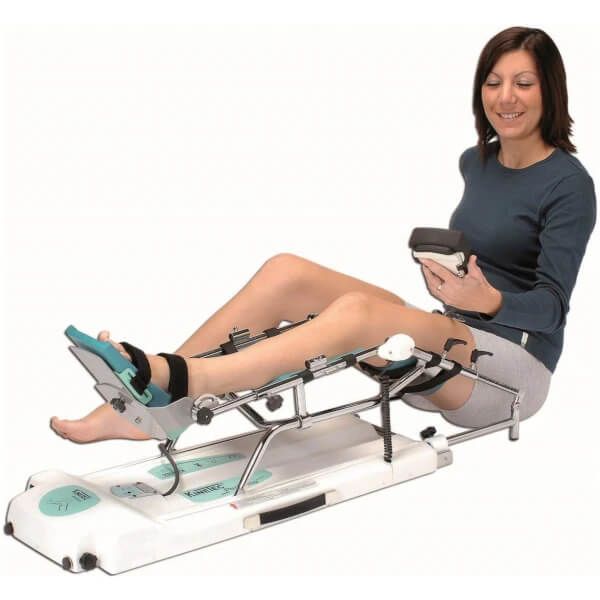
A continuous passive motion machine, also known as a CPM machine, is a motorized device used to passively take a joint through its range of motion. As part of a comprehensive rehabilitation program, it helps promote mobility, pain relief, and increased circulation. Various versions of the device exist to mobilize different joints of the body in their principal planes of movement.
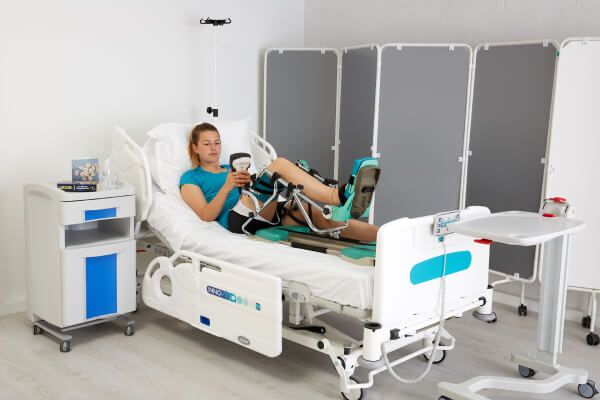
A CPM Machine is most commonly used post-operatively for individuals following a joint replacement surgery, rotator cuff repair, capsular release, joint manipulation, or scar tissue excision. It can also be beneficial for patients following upper or lower extremity fractures, Achilles repairs, ankle reconstructive surgeries, post-burn stiffness, or those with osteoarthritis-related pain and stiffness. Bottom line, if stiffness or hypomobility is a concern, a CPM machine may be appropriate for you.
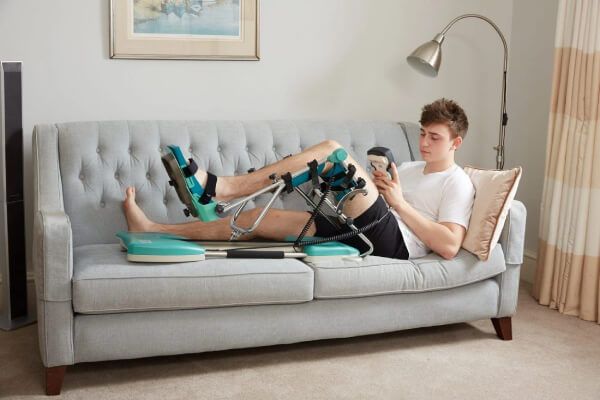
A CPM machine can provide a multitude of benefits for its users including mobility improvements, pain reduction, and circulatory advantages. It may be incorporated as part of your comprehensive rehabilitation program or used before the initiation of physical therapy to maintain joint movement while general mobility is limited to prevent tissue adhesion. The benefits of CPM Machine use are widespread and can include each of the following:
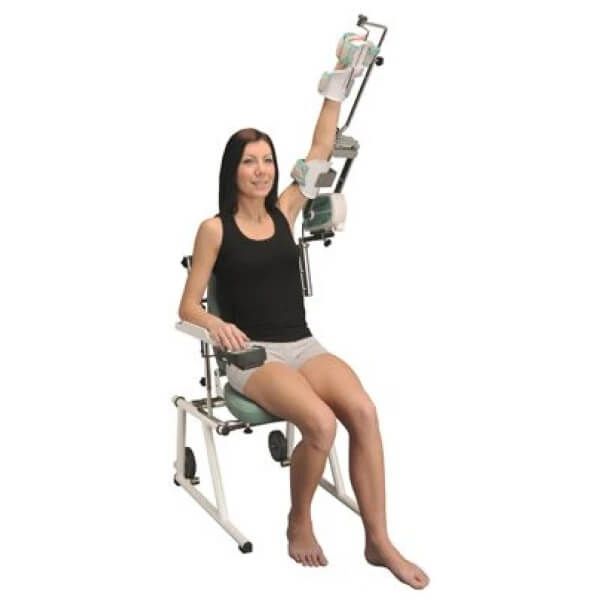
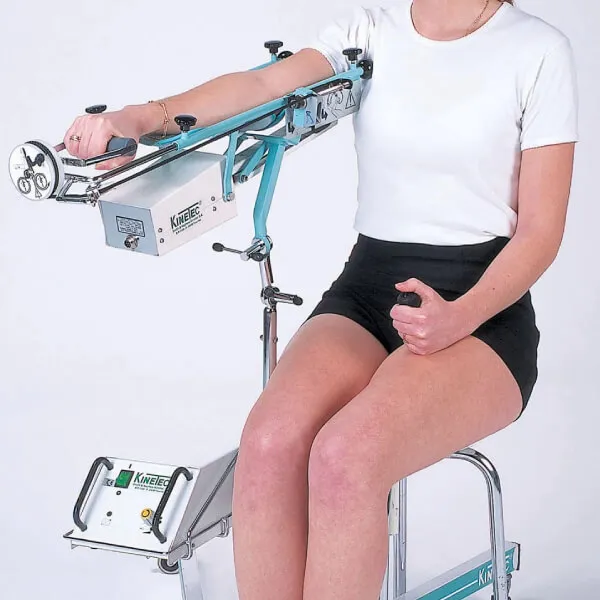
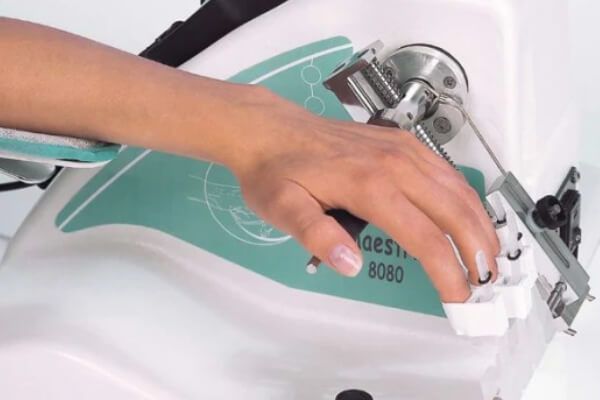
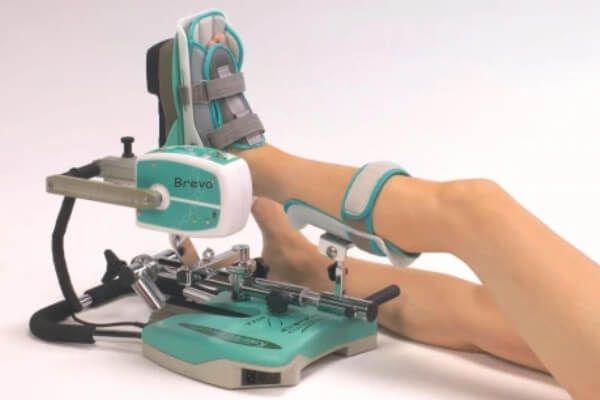
The knee joint is the most common application site of a CPM machine, helping individuals recover from surgeries including total joint replacements, joint manipulations, ACL reconstructions, and lower extremity fractures. When choosing the most appropriate CPM, look for a device that is compatible with the lower extremity, offers premium comfort, and has easy adjustability. Your rehab team will help guide your range of motion progressions and make adjustments as necessary.
If you’re looking for the absolute best CPM on the market, look no further than the Continuous Passive Motion Machine - rebless by H Robotics. This state-of-the-art, integrated device is multi-functional with applications available for both the upper and lower extremities. Integrating directly with a telehealth platform, it allows users to collaborate with rehab professionals to review treatment data, adjust the therapeutic range, and maximize outcomes. The rebless supports various settings giving users the optionality of passive, active-assisted, and active functions to meet changing needs and goals during recovery. It offers users and clinics alike the best in CPM device technology.
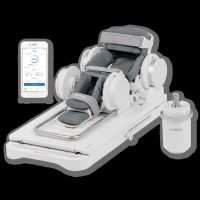 | Continuous Passive Motion (CPM) Machine - rebless by H Robotics View Product |
Similar to lower extremity models, shoulder CPM machines help promote increased mobility at the glenohumeral joint following a surgery or injury. By moving the joint passively within a prescribed range of motion, mobility of the shoulder is maintained without requiring active muscle contraction thereby protecting the injury or repair. When choosing the best shoulder CPM, look for a device that mobilizes in multiple planes of shoulder motion. For optimal quality and relaxation, consider a unit that offers sheepskin or foam padding to the arm and upper back region.
For those searching for the best shoulder CPM, consider the versatility and reliability of the Elbow Module for Centura and Centura Lite Shoulder CPM Machines. This dual-purpose unit provides users with seamless adaptation from elbow to shoulder application while its compact and lightweight design allows for seamless portability. It can help reduce joint stiffness, decrease pain levels and medication intake, and help speed the recovery of post-operative mobility.
| Elbow Module for Centura and Centura Lite Shoulder CPM Machines View Product |
When choosing a CPM for the ankle region, look for a product that offers various directions of movement including dorsiflexion/ plantarflexion and inversion/ eversion. The product should be reliable and stable and provide ample support to keep the lower leg locked in during treatment completion. Depending on the planned location of use, consider whether the device can be used in a bed, chair, or both.
When it comes to ankle CPM options, the Kinetec Breva Ankle CPM Machine tops the charts. This device features 5 treatment modes, remote control adaptability, and load reserve to protect the patient when excessive force is placed on the joint. Multi-planar passive mobility can be performed providing comprehensive ankle and foot mobilization. The Kinetic Breva can benefit a wide array of patients including those following Achilles tendon repairs, ankle and foot fractures, and ankle ligament reconstructive surgeries.
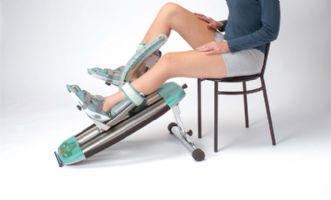 | Kinetec Breva Ankle CPM Machine View Product |
In choosing an appropriate elbow CPM machine, considering the application of the device as well as the motions of mobilization are both important. Some devices offer an elbow module component that can be attached to a shoulder device while others are stand-alone units designed solely for elbow mobilization. If used solely for elbow range of motion, appraise whether the unit incorporates forearm pronation and supination along with elbow flexion and extension and whether it is appropriate for the patient population being treated. Most can be attached and used either in a bed or chair.
The Kinetec 6080 Elbow CPM Machine is our top choice for elbow CPM units as it is convenient, easy to use, and offers users an anatomically correct position to maximize functional mobility outcomes. This product provides a lockable range of motion settings and adjustable speed settings. It can be used with or without simultaneous pronation and supination of the forearm. It is ideal for patients following ORIF of intra-articular fractures, elbow joint arthroplasty, and prosthetic elbow joint replacement.
| Kinetec 6080 Elbow CPM Machine View Product |
In regards to hand and wrist mobilization, the most important component of a CPM is versatility. Because the hand and wrist are so interconnected, an ideal CPM will target wrist, forearm, thumb, and finger movements. Hand and wrist function can be extremely complex and regaining sufficient motion after surgery or injury is imperative to proper upper extremity functionality.
Targeting the wrist, thumb and all finger joints, the Kinetec Maestra Hand and Wrist CPM Machine is the market-leading hand and wrist CPM. Variable settings are available facilitating wrist pronation/ supination, flexion/extension, ulnar deviation/ radial deviation, thumb opposition, composite fist, intrinsic plus movement, and intrinsic minus movement. It is a sturdy yet portable. tabletop device that can be used either in the clinic or at home. Simple hand controls adjust speed, force, and timer parameters. Look no further than the Kinetic Maestra if you’re looking for comprehensive CPM treatment for all joints of the hand and wrist.
| Kinetec Maestra Hand and Wrist CPM Machine View Product |
When using a CPM machine, acknowledge that this therapy is an adjunct and not a replacement for physical therapy. Using a CPM can be extremely helpful in the initial weeks postoperatively when therapy is not yet appropriate or in the early phases of rehab when general mobility is limited and stiffness tends to be at its worst. While CPM is a great way to passively regain mobility, ultimately active muscle contraction and functional strengthening are required to activate your muscles appropriately and regain functional capabilities. Always make
sure you know and understand the limitations of the CPM machine, the frequency of usage and can identify the signs indicating to stop use as discussed with your healthcare provider.
When using your CPM machine, ensure it is located in a stable and secure location to maximize treatment safety and efficacy. If using a lower extremity unit, place the device firmly against the bed or floor to minimize the risk of device slippage and injury risk. When not in use, store the unit in a safe place, away from children and out of the way to prevent tripping. Always place the CPM unit in a clean, dry location and double-check settings before initiating treatment.
If you meet certain conditions, your health insurance may pay for use of a CPM machine. Medicare, for example, offers coverage for this durable medical equipment under Medicare Part B with a 20% co-insurance required after the individual deductible is met. Refer to your individual health insurance coverage policy for specifics relating to your plan.
Depending on the type and intricacy of the device, CPM machines range in price from $700 to $8,000. Many high-price units now offer integrated technology, multi-purpose functionality, and seamless adjustments for various users.
CPM machine duration of use will vary from a few days to a few months depending on the severity of the injury, post-operative protocol, and degree of joint stiffness. Discuss your case with your medical team to determine the most appropriate treatment frequency and duration.
For those looking for the best CPM machines available on the market today, check out Rehabmart’s wide array of Continuous Passive Motion Machines for sale.
CPM machines are extremely common in the rehabilitation field and are used for a variety of operative and non-operative scenarios.
Although complications from CPM machine use are rare, some reported issues include increased risk of bleeding, increased wound tension, nerve compression complications from prolonged positioning, and increased bed rest time. Be sure to collaborate directly with your medical team to determine appropriate treatment parameters and contact your healthcare provider if severe pain, pressure points, or neurological symptoms arise.
The use of a CPM machine is not appropriate for individuals with joint instability, unstable fractures, or those who have insufficient soft tissue restraint.
The use of a CPM machine can be a highly beneficial treatment intervention to improve joint mobility, reduce pain, increase local circulation and reduce post-operative adhesions. When choosing the most appropriate CPM, consider the application site, planes of movement offered, device setup, and patient goals. As part of a comprehensive rehabilitation program, continuous passive motion can help you regain function, manage pain and optimize your quality of life.
Here at RehabMart, we specialize in top-quality medical supplies and devices. To browse all available CPM products, check out our full listing of Continuous Passive Motion Machines for sale.
While you’re there, feel free to check out our blog, Caregiver University for more articles, product reviews, and helpful buying guides to facilitate confidence and better decision-making in all of your medical equipment purchases.

Benjamin K. Mattox, DrPH, PA-C
Orthopedic surgery physician assistant, doctor of public health, and owner of a public health consulting firm. With over a decade of Active Duty Navy Experience, Deployments with the Navy SEALS, and as a Professor for Purdue University - Dr. Mattox is a highly qualified and experienced clinician with a firm understanding of orthotic needs, rehabilitation, home access needs, gait therapy, and veteran-specific health needs.